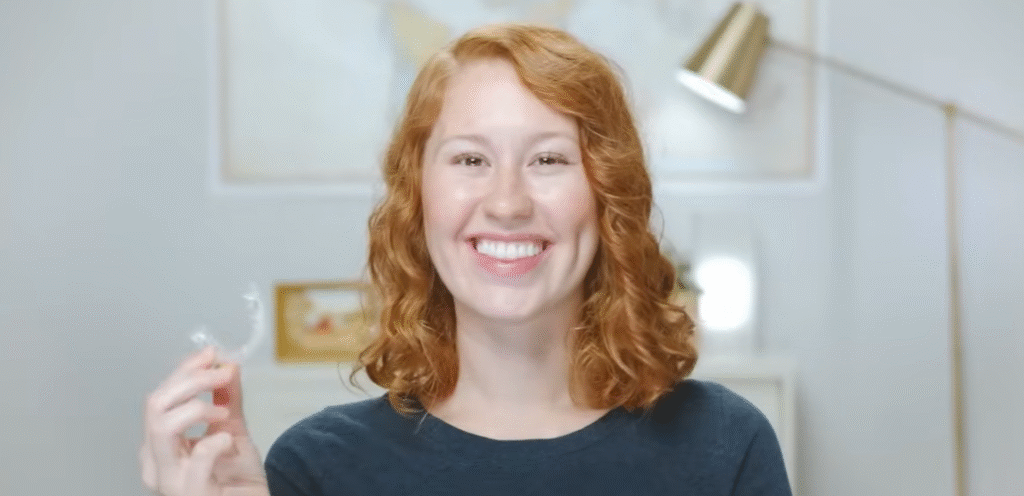The Invisalign Class Action Lawsuit is regarded as a seminal event in contemporary healthcare law, demonstrating the complex interplay between corporate power, innovation, and competition. Known for creating the first clear aligners, Align Technology is currently dealing with accusations that it manipulated market conditions to maintain its leadership and stifle competition.
In order to put an end to allegations of antitrust violations, Align Technology and the claimants in Snow v. Align Technology Inc. reached a $31.75 million settlement agreement. However, the case’s larger story goes far beyond a financial figure; it illustrates how innovative businesses may come under fire when their quest for advancement starts to restrict their options.
The parent company of Invisalign, Align Technology, was charged with engaging in anticompetitive behavior with SmileDirectClub, the massive teledentistry company that was once praised for making orthodontics affordable for the general public. The plaintiffs contended that by essentially keeping out competitors and maintaining high prices, this relationship produced a closed ecosystem. The Sherman Antitrust Act, a key piece of legislation that prevents monopolistic practices, was broken by the alleged behavior.
Company Overview
| Category | Information |
|---|---|
| Company | Align Technology, Inc. |
| Product | Invisalign Clear Aligners |
| Founded | 1997 |
| Headquarters | Tempe, Arizona, USA |
| Industry | Medical Devices, Orthodontics |
| Lawsuit | Snow v. Align Technology Inc. |
| Allegation | Antitrust violations and price-fixing conspiracy |
| Settlement Amount | $31.75 million (2025) |
| Class Period | October 22, 2017 – August 18, 2022 |
| Reference Source | Top Class Actions |

The terms of the settlement are strikingly simple but symbolic. Customers who bought or received reimbursement for SmileDirectClub aligners between 2017 and 2022 are entitled to reimbursement; the amount varies from about $40 to $60 per person, and some may be eligible for up to $6,000 if they have documented losses. Even though the sums seem small, they are extremely important for corporate responsibility and consumer rights.
Align insists that its arrangement with SmileDirectClub was a strategic partnership rather than collusion, without acknowledging any wrongdoing. However, many found the coordination of two market leaders in a crowded market to be especially worrisome. Critics contend that Align had unmatched leverage because of its control over supply chains and technology, which allowed it to influence competition in ways that favored shareholders over patients.
The way this case combines technology law and healthcare ethics is what makes it so novel. A sleek but constrictive ecosystem was created by Align’s exclusive iTero scanning system, which was used to generate digital models of patients’ teeth. Although this integration significantly increased accuracy and treatment speed, it also made it more difficult for dentists to use other aligner brands.
The lawsuit highlights the hidden cost of convenience for consumers. The aligner market has developed into a web of dependencies, much like smartphone ecosystems bind consumers to specific brands. Patients thought they were purchasing flexibility and choice, but instead they were trapped in a system that was meant to keep them there. Despite being monetary in nature, the settlement is a corrective action—a reminder that innovation must be accompanied by transparency.
It’s difficult to overlook the irony. Initially a partner of Align and subsequently a competitor, SmileDirectClub failed due to its own growth and declared bankruptcy in 2023. Its demise complicated ongoing legal disputes and demonstrated how rapidly expanding healthcare endeavors can fail due to a lack of trust and oversight. The tale of Align, on the other hand, is still one of survival—adaptability encased in organizational toughness.
According to legal experts, the case is a part of a larger movement that is fighting monopolistic practices in the field of health technology. Similar lawsuits have been filed against software companies accused of limiting device compatibility or pharmaceutical companies accused of manipulating drug prices. These remarkably similar parallels show a persistent conflict between accessibility and innovation.
The lawsuit against Invisalign also highlights how intensely personal these disagreements can be for customers. For millions of people, Invisalign was a symbol of confidence and change rather than just advancements in orthodontics. Many of those same customers are now left wondering if their loyalty was subtly taken advantage of. Here, the moral significance of fair competition clashes with the emotional resonance of a “perfect smile.”
Significant changes in dental technology have already been brought about by the case, according to industry observers. These days, rival businesses are spending money on open-platform scanning systems that work with various brands. This strategy ensures flexibility while lowering reliance on a single manufacturer, which is especially advantageous for patients and dentists. These rivals are fostering a more honest and healthy market by advocating for transparency.

